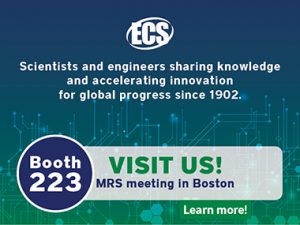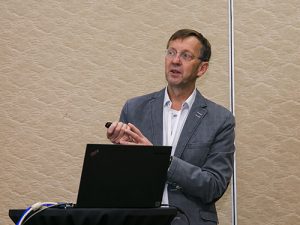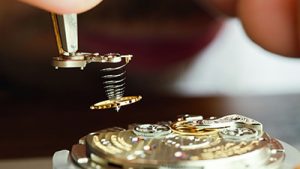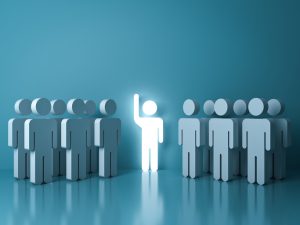Raymond Smith was presented with the Norman Hackerman Young Author Award for his paper on “Multiphase Porous Electrode Theory” published in the Journal of The Electrochemical Society. The award recognizes the best paper published by young authors or co-authors in JES the prior year.
Smith, who holds a PhD in chemical engineering from MIT and works as a senior engineer at Tesla, said he was blown away when he heard he was nominated for the award.
“Being in the community and engaging in this way has been special,” says Smith, who was presented with the award at AiMES 2018 in Cancun, Mexico. “Coming to the meeting has provided great motivation.”
His paper aimed to unify work that his team and other teams have done in the field in order to highlight connections that weren’t obvious before.
(more…)


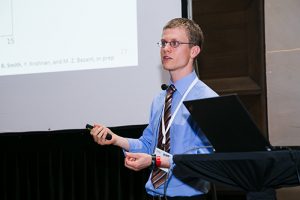

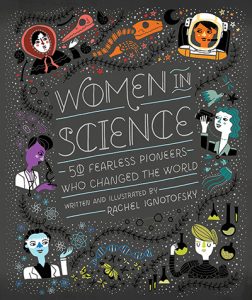

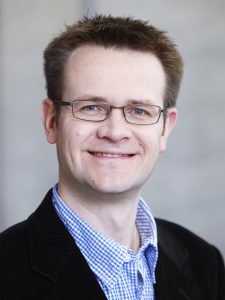 Thomas J. Schmidt is chair and professor of electrochemistry at ETH Zürich, and head of the Energy and Environment Research Division at Paul Scherrer Institute in Villigen, Switzerland, where he investigates various aspects of electrochemical energy conversion and storage. In 2010, he received the ECS
Thomas J. Schmidt is chair and professor of electrochemistry at ETH Zürich, and head of the Energy and Environment Research Division at Paul Scherrer Institute in Villigen, Switzerland, where he investigates various aspects of electrochemical energy conversion and storage. In 2010, he received the ECS 